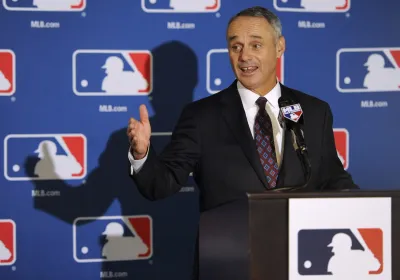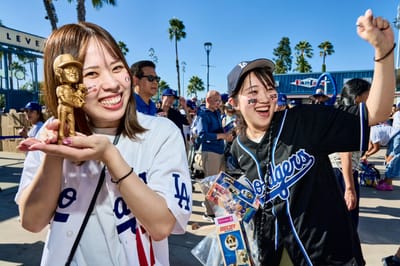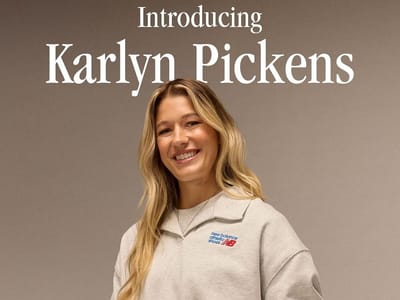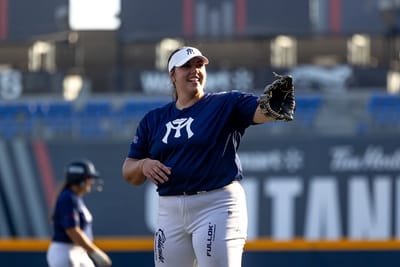
Little League, Big Economics
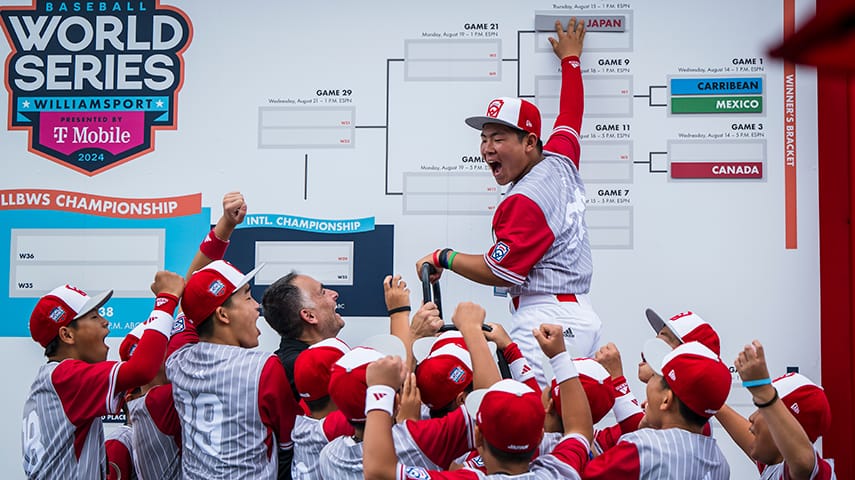
How a 501(c)(3) built baseball’s most beloved week—and a local economy
Back in the summer of 1998, I was a Jersey kid glued to ESPN as Todd Frazier and the Toms River East “Beasts of the East” shocked the world in Williamsport. Those were my neighbors—10 minutes down the road from my hometown in Jackson—and overnight they became local legends and national stars. That summer etched something permanent: the innocence of youth baseball, the purity of wearing your town across your chest, the first flicker of big dreams. Years later, in big-league clubhouses, August still meant the same thing: teammates from all over the country chirping about their regions, games on every TV, and a shared nostalgia that cut through the noise.
“Williamsport kickstarted my career, so I owe everything to Williamsport if you want the truth. This is the Mecca of all Little League baseball for young and for old. If you have an opportunity to come to this place, you will appreciate baseball even more. Every year when August comes around, it brings back the greatest memories of my baseball life, and I can’t thank Williamsport enough.
Community plays a huge part in Little League baseball wherever you live. These are the lasting memories that can carry a town and bring excitement to that area. It’s crazy to think that 11- and 12-year-old kids can unite a town and community so much. That’s the innocence of it all. A fun, loving game like baseball turns out to make the greatest friendships that no one ever thought could be possible.”
Little League does that to people. And that’s the point of this piece: to show how the sentiment we all feel every August is powered by a nonprofit model that quietly keeps the doors open for millions of kids, while also creating very real economic ripples for Williamsport and for baseball at large.
Todd Frazier’s unforgettable performance in the 1998 Little League World Series championship game—going 4-for-4 with a leadoff home run and pitching a complete game for Toms River East.
What Little League is (and isn’t): the nonprofit blueprint
Little League Baseball, Incorporated is a 501(c)(3). Donations are tax‑deductible, and the national organization’s EIN is 23‑1688231. That national entity is headquartered in Williamsport/South Williamsport, PA, and maintains official donation channels as well as designated funds (Access & Opportunity Fund, Little League for All Equipment Fund, Volunteer Excellence Fund, Disaster Relief, etc.).
How the structure works:
- National (Little League International) files a full Form 990 annually and oversees rules, tournaments, safety, and global operations.
- Local leagues are their own nonprofits (often covered under Little League’s group exemption) and typically file Form 990‑N/990‑EZ/990 depending on size. That’s why you’ll see thousands of separate “Little League Baseball Inc.” returns in IRS data—each is a distinct local league.
The money: what the latest public filings show
National (Little League International) — most recent return on file
- Financial year (FY) ending December 2023 (filed Nov. 13, 2024):
- Revenue: $38.7M
- Expenses: $40.0M
- Net assets (end of year): $78.4M
- Revenue mix highlights: Program services ($22.1M), royalties (~$3.77M), net inventory sales (~$3.06M), contributions ($2.32M), other revenue (~$7.09M).
- Assets/Liabilities: Total assets ~$106.0M; total liabilities ~$27.6M.These figures come from the national Form 990 summary. (Note: “royalties” and inventory sales align with licensing and merchandise; ESPN’s exclusive media deal through 2030 expands coverage across ESPN platforms.)
Local (example of a 990‑EZ): Williamsport Area Little League
- FY ending Sept. 2024 (file received by IRS Dec. 11, 2024): Filed a Form 990‑EZ, reflecting the smaller scale of a local league compared to the national body. This is a helpful reference point for how grassroots Little Leagues report. (Exact line items vary by league.)
Why that matters: National runs the global engine; locals are the heartbeats. The filings show how the mission is financed—from program services and licensing at the top to local fundraising, sponsorships, and fees on the ground—so that kids can play and tournaments can run.
What Williamsport gains: a real local economic jolt
Every August, Williamsport becomes the global center of youth baseball. The Williamsport/Lycoming Chamber of Commerce estimates the Little League World Series draws ~75,000 visitors and ~$32 million to the regional economy annually (with some reports citing $35–$40 million across Greater Williamsport). Hotels sell out, restaurants swell, and neighboring counties pick up overflow.
Public and private stakeholders continue to invest in the experience. Ahead of recent events, state and local tourism funds and partners have supported upgrades at Historic Bowman Field/Journey Bank Ballpark, the MiLB park that hosts MLB’s Little League Classic—highlighting the event’s sustained economic value to the region.

MLB’s Williamsport play: smart pipeline marketing
Since 2017, MLB’s Little League Classic has turned Williamsport into a showcase for how the big leagues connect with the next generation. Big leaguers spend the day at the LLWS, then play a nationally televised game at Bowman Field that night—the stands filled with Little Leaguers and families. For MLB, it’s emotion-forward fan development; for Little League, it’s validation and visibility at the highest level; for the city, it’s repeat tourism.
That stage wasn’t accidental. Ahead of the inaugural Classic, more than $4 million went into field and facility upgrades (seating, playing surface, dugouts, bullpens, fan amenities), funded by MLB, the Williamsport Crosscutters, and Commonwealth grants. The improvements professionalized the venue and cemented the event’s long-term economic and brand value.
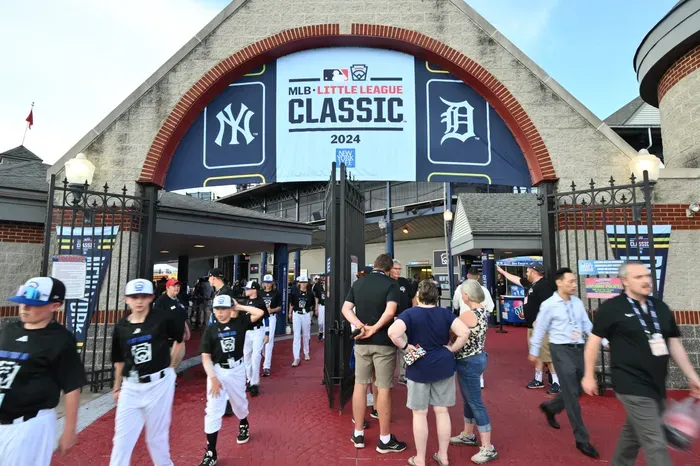
When I texted DJ LeMahieu about the experience of playing in last year’s Little League Classic, his first reply—delivered with a laugh—was, “Brutal.” That’s DJ: a humble, quietly competitive guy who’s never chased the spotlight. But he also gets it.
“The day is great for youth baseball and the growth of the game. This game gave all the major leaguers great opportunity, and for kids to have a positive experience with us there was really cool to see.”
DJ knows baseball gave him his life’s opportunities—from his own youth days in Michigan to a long MLB career—and he’s committed to giving back. Today, he owns a Northwoods League team and a youth baseball complex that hosts tournaments, all designed to grow the game in his community. For him, Williamsport was a reminder that even for the quieter personalities, these moments connect generations and strengthen baseball’s grassroots pipeline. For MLB, that’s the business of baseball: turning moments into lifelong loyalty.
The broadcast backbone: ESPN relationship = reach (and stability)
Little League and ESPN extended their multi‑platform media rights through 2030, expanding coverage across ESPN platforms. The partnership magnifies the LLWS globally and underwrites a portion of the ecosystem that supports tournament operations and storytelling. Visibility drives demand; demand sustains partners; partners help keep the experience affordable and accessible.
ESPN's Little League World Series Promotion
Access and equity: how philanthropy shows up on the P&L
One critical (often unseen) line item: Little League International pays for housing, team travel (domestic and international), meals, and accommodations for all teams competing across its seven World Series events each year. That’s a significant annual commitment and a clear expression of mission over profit.
At the grassroots level, funds like the T‑Mobile Little League Call Up Grant have delivered $6.8M+ in registration‑fee assistance to 59,000+ players across 1,700+ leagues—turning “we can’t afford it” into “play ball.”
Why this matters for MLB’s long game
If you love baseball’s economics, you should love Little League’s economics. The sentiment of Williamsport creates lifetime demand for MLB. The MLB Classic meets kids in their living rooms and on the hill at Lamade, then ushers them into primetime. The ESPN platform scales that moment globally. And the nonprofit model ensures those moments remain accessible, predictable, and wholesome, feeding baseball’s pipeline with players, fans, and stories.
I watched Todd Frazier do it in ’98. I faced him in high school. We were teammates with the White Sox in 2016. And I still feel the same thing when the LLWS arrives. It’s baseball at its best—community first, kids first, game first. That is the business of ball.
How to support (and where your dollars go)
- Give to Little League International: Tax‑deductible gifts (EIN 23‑1688231) can be directed to specific funds (Access & Opportunity, Equipment, Volunteer Excellence, Disaster Relief) or general operations/grants.
- Help your local league: Most local leagues are 501(c)(3)s with their own donation and sponsorship pages; contributions fund scholarships, equipment, umpires, safety, and field improvements. (If you lead a business, these are often match‑eligible and community‑marketing gold.)
- Equipment pipelines: Programs like Pitch In For Baseball & Softball route gear to leagues in need.
